Home>Garden Essentials>How Does A Seed Germinate
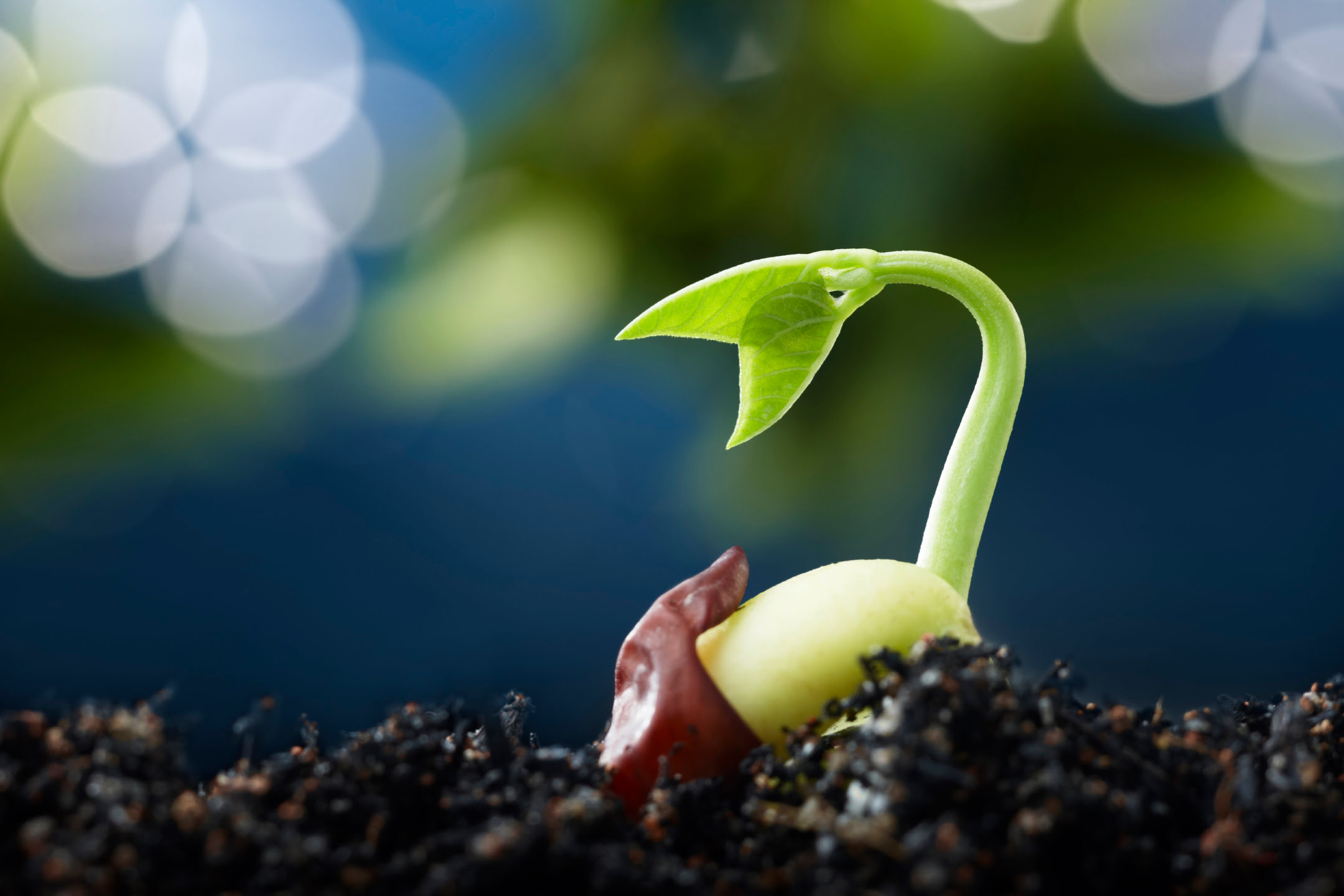

Garden Essentials
How Does A Seed Germinate
Modified: March 24, 2024
Learn how seeds germinate in the garden and discover the fascinating process behind the growth of plants. Gain insights into the germination cycle and nurture your garden's potential.
(Many of the links in this article redirect to a specific reviewed product. Your purchase of these products through affiliate links helps to generate commission for Storables.com, at no extra cost. Learn more)
Introduction
Welcome to the fascinating world of seed germination! If you’ve ever wondered how a tiny, lifeless seed can transform into a vibrant and thriving plant, you’re in the right place. Seed germination is the crucial process where a dormant seed awakens and begins to grow into a new plant. It is a remarkable journey that involves a complex interplay of various factors and mechanisms.
Understanding the process of seed germination is not only essential for gardeners and botanists, but it also provides us with valuable insights into the wonders of nature. By delving into the fascinating world of seed germination, we can gain a deeper appreciation for the incredible resilience and adaptability of plants.
In this comprehensive article, we will explore the definition of seed germination, the factors that influence it, the process itself, and much more. So, let’s dive in and uncover the secrets of seed germination.
Key Takeaways:
- Seed germination is a magical process where a dormant seed awakens, absorbs water, and begins to grow into a new plant, influenced by factors like water, temperature, oxygen, light, and seed dormancy.
- Imbibition, enzyme activation, and embryo growth are key stages in seed germination. Understanding and nurturing these stages are crucial for successful plant cultivation and experiencing the wonders of nature.
Read more: How Long Does Corn Germinate
Definition of Seed Germination
Seed germination, simply put, is the process by which a seed evolves into a growing plant. It is the transformation from a state of dormancy to an actively growing state. During germination, the embryo within the seed, which is a tiny plant in its earliest stage, starts to absorb water and nutrients from the environment as it breaks through the protective seed coat.
Germination is a vital and fundamental stage in a plant’s life cycle. It marks the beginning of growth and development, allowing the plant to establish itself and eventually reproduce. The germination process varies from plant to plant, and it can be influenced by various factors such as water, temperature, oxygen, light, and seed dormancy.
Seeds have evolved different mechanisms to ensure survival and successful germination in diverse environments. Some seeds have specific requirements, such as exposure to fire, a specific temperature range, or being ingested by animals, to break their dormancy and initiate germination. These adaptations allow seeds to optimize their chances of germinating under suitable conditions.
Overall, seed germination is a dynamic and intricate process that involves a series of physiological and biochemical changes within the seed. Understanding this process is crucial for gardeners, as it helps them make informed decisions on when and how to sow seeds, ensuring successful plant growth.
Now that we have a clear understanding of what seed germination entails, let’s explore the factors that influence this process and play a significant role in determining the success of plant growth.
Factors Affecting Seed Germination
Several key factors can influence the process of seed germination. These factors, when provided in the right conditions, promote seed activation and initiate the growth of the embryo. Let’s take a closer look at the primary factors that affect seed germination:
Water
Water is a vital and essential requirement for seed germination. It triggers a process called imbibition, where the seed absorbs water and swells, initiating metabolic activities inside the seed. This imbibition process helps activate enzymes that break down stored nutrients, allowing the embryo to grow.
Temperature
Temperature plays a crucial role in seed germination. Different plant species have specific temperature requirements for optimal germination. Seeds typically require a favorable temperature range to activate enzymes and facilitate biochemical reactions. Seeds that are adapted to colder climates may have a chilling requirement before they can germinate, while others may require warmer temperatures.
Read more: How Long Does Zucchini Germinate
Oxygen
Oxygen is another essential element for seed germination. During germination, the embryo requires oxygen for cellular respiration, which provides energy for growth. Adequate oxygen levels in the soil or growing medium allow the embryo to respire properly and carry out vital metabolic processes.
Light
While not all seeds require light to germinate, it is a critical factor for certain plant species. Light can either stimulate or inhibit germination, depending on the plant’s specific needs. Some seeds, known as photoblastic seeds, require exposure to light for germination to occur. Others, like those from deep-forest plants, may require darkness to initiate germination.
Seed Dormancy
Seed dormancy is a natural state of suspended growth and development in seeds. It acts as a mechanism that ensures the seeds germinate under favorable conditions. Dormancy can be caused by various factors, such as the presence of growth inhibitors, hard seed coats, or a lack of specific environmental cues. Breaking dormancy often requires specific conditions, like exposure to cold temperatures, fire, or specific chemical signals, to activate germination.
Understanding the significance of these factors is crucial for gardeners, as it allows them to create the optimal conditions for seed germination. By providing the right combination of water, temperature, oxygen, and light, and addressing seed dormancy when necessary, gardeners can maximize the chances of successful germination and plant growth.
Now that we’ve explored the various factors that influence seed germination, let’s delve into the step-by-step process of how a seed transforms into a young, budding plant.
Water
Water is a critical factor in seed germination. It plays a pivotal role in initiating the cascade of events that lead to the growth of the embryo. Without water, seeds cannot germinate and sprout into healthy plants.
When a seed is exposed to water, it absorbs it through tiny openings in the seed coat called micropyles. This process is known as imbibition, where the seed takes in water and swells. Imbibition is essential because it allows the enzymes within the seed to become activated, kickstarting the biochemical processes necessary for germination.
Water acts as a triggering factor for enzymatic reactions, breaking down stored nutrients within the seed. These nutrients, such as carbohydrates, proteins, and fats, provide the energy and building blocks needed for the growing embryo. As water is absorbed, the seed coat softens, and the embryo gradually rehydrates and becomes metabolically active.
Furthermore, water is involved in the transportation of essential nutrients from the soil to the developing plant. As the embryo grows, it relies on water to carry vital minerals and nutrients from the soil through the roots and up to the emerging shoot. This nutrient uptake fuels the plant’s growth, enabling it to establish its roots, develop leaves, and eventually produce flowers and fruits.
However, it’s important to strike a balance when it comes to watering seeds. While water is crucial for germination, excessive water can lead to problems such as rotting, fungal diseases, or the seeds drowning in overly saturated soil. Different plant species have varying water requirements, so it’s essential to research and provide the appropriate amount of water for each type of seed.
Gardeners can promote successful seed germination by ensuring that the growing medium, whether it be soil or a seed-starting mix, is consistently moist but not waterlogged. This can be achieved by watering the seeds gently and regularly, keeping an eye on moisture levels and adjusting watering practices as needed.
In addition, some seeds benefit from a pre-soaking process. Pre-soaking involves soaking seeds in water before planting them. This can help hydrate the seed coat and accelerate the imbibition process, giving seeds a head start on germination.
Overall, water is a fundamental factor in seed germination. It kickstarts the metabolic activities within the seed, enables nutrient uptake, and supports the growing embryo as it transforms into a mature plant. By providing adequate and appropriate water, gardeners can lay the foundation for successful germination and establish healthy, thriving plants.
Read more: How Fast Does A Radish Germinate
Temperature
Temperature plays a crucial role in the process of seed germination. Different plant species have specific temperature requirements for optimal germination. The right temperature range provides the necessary conditions for enzymatic activity, metabolic processes, and seedling growth.
Seeds are highly sensitive to temperature variations and respond differently depending on the specific species. Generally, there are three categories of temperature requirements for seed germination: cold-tolerant, warm-tolerant, and intermediate.
Cold-tolerant seeds, also known as chill-tolerant seeds, require exposure to cold temperatures to break their dormancy and initiate germination. This process is called stratification. Cold stratification involves exposing the seeds to a period of chilling, typically around 1-3 months, at temperatures between 0-10 degrees Celsius (32-50 degrees Fahrenheit). This mimicry of winter conditions signals to the seeds that it is time to sprout when warmer temperatures arrive in spring. Many perennial plants and species that naturally grow in cold climates require this cold stratification period to germinate successfully.
On the other hand, warm-tolerant seeds thrive in higher temperatures, typically between 20-30 degrees Celsius (68-86 degrees Fahrenheit). They do not require a cold stratification period and germinate more readily in warm conditions. These seeds are often found in tropical or subtropical plant species that are adapted to warmer climates.
Intermediate seeds fall between the cold-tolerant and the warm-tolerant categories, with temperature requirements falling within a moderate range. These seeds typically germinate optimally at temperatures around 15-25 degrees Celsius (59-77 degrees Fahrenheit). They can tolerate a wider temperature range compared to cold-tolerant or warm-tolerant seeds.
To maximize germination success, it is crucial to provide the appropriate temperature conditions for the specific plant species you are growing. This can be achieved by either adjusting the ambient temperature in your growing space or by using techniques like stratification or scarification.
Scarification is a process that involves breaking or thinning the hard protective seed coat to allow water to penetrate and trigger germination. This mechanical scarification method can be beneficial for seeds that are hard-coated and require certain conditions like elevated temperatures to break dormancy and germinate.
By understanding and catering to the temperature requirements of the seeds you are working with, you can create an optimal environment for germination. Ensuring the proper temperature conditions will enhance the metabolic processes, enzymatic activities, and overall success of seed germination.
Oxygen
Oxygen is an essential element for the process of seed germination. Just like any living organism, seeds require oxygen for respiration and energy production. Adequate oxygen levels are crucial for the metabolic processes that take place during germination.
During germination, as the embryo within the seed starts to grow, it requires energy to support its development. The energy is primarily derived through respiration, a process that requires oxygen. Oxygen is necessary for the breakdown of stored nutrients, such as carbohydrates, into usable forms that fuel the growth and development of the emerging plant.
Seeds obtain the oxygen they need primarily from the air present in the soil surrounding the seed or from the air spaces within the growing medium. The seed coat allows for the exchange of gases, enabling oxygen to enter and carbon dioxide to be released. Adequate oxygen levels ensure the efficient functioning of cellular respiration, allowing the embryo to generate energy and carry out other vital metabolic processes.
Inadequate oxygen availability can compromise seed germination and plant growth. When oxygen levels are limited, the germinating seeds may experience reduced respiration rates, which can lead to slower growth, weaker seedlings, or even seedling mortality.
Adequate aeration of the soil or growing medium is crucial to provide sufficient oxygen to the germinating seeds. Good drainage and proper soil structure are essential to prevent waterlogging and promote oxygen circulation in the root zone. This is particularly important for seeds sown in containers or indoor settings.
Additionally, some gardening practices, such as compacting the soil, can reduce the oxygenation of the root zone and hinder seed germination. It is important to avoid excessive soil compaction and maintain loose, well-aerated soil to ensure optimal oxygen availability for the growing seeds.
Overall, oxygen is an integral factor in the process of seed germination. It is essential for the energy production and metabolic activities that drive seedling growth and development. By ensuring proper aeration of the growing medium and providing adequate oxygen levels, gardeners can create an environment conducive to successful seed germination and healthy plant establishment.
Light
Light is a critical factor that can significantly influence the germination of certain plant species. While not all seeds require light for germination, it plays an essential role in the process for those that do. The response of seeds to light depends on a variety of factors, including species, environmental conditions, and genetic characteristics.
Seeds that require light for germination are known as photoblastic seeds. These seeds have specific photoreceptors, called phytochromes, which detect and respond to light. However, it’s important to note that not all photoblastic seeds have the same light requirements. Some seeds require exposure to light to trigger germination, while others need darkness for the process to occur.
Light can stimulate or inhibit seed germination depending on the needs of the plant. Seeds that require light for germination often need to be exposed to specific wavelengths of light, usually in the red or far-red spectrum, to activate the phytochromes and initiate germination.
On the other hand, some plant species have seeds that are light-sensitive and require darkness to germinate. These seeds are often found in plants that naturally grow in shade or forest understory environments. Darkness allows these seeds to perceive the absence of light and break their dormancy, ensuring that germination occurs when light conditions are more suitable for their growth.
For gardeners, understanding the light requirements of specific plant species is crucial. When sowing seeds, it’s important to provide the appropriate light conditions to promote successful germination. This can be achieved by either exposing the seeds to the necessary light or by providing darkness if light-sensitive seeds are being planted.
It’s worth noting that light intensity also plays a role in seed germination. While most photoblastic seeds do not require intense light, providing an optimal level of brightness can still have positive effects. A gentle, diffused light source can promote healthy seedling growth and help maintain a favorable growing environment.
Additionally, light can act as a directional cue for seedlings once they have sprouted and started to develop. Phototropic growth, where plants bend or grow towards a light source, helps seedlings establish themselves in the most favorable light conditions for photosynthesis.
Understanding the light requirements of seeds and providing the appropriate light conditions during germination can greatly enhance the success of seedling establishment and overall plant growth. By catering to these needs, gardeners can ensure optimal conditions for germination and cultivate thriving plants.
Seed Dormancy
Seed dormancy is a natural mechanism that ensures the survival of plants in various environmental conditions. It is a state of suspended growth and development where seeds remain in a quiescent state until favorable conditions for germination are met.
There are several factors that can induce seed dormancy, including hard seed coats, growth inhibitors, or a lack of specific environmental cues. Dormancy prevents seeds from germinating prematurely when conditions may not be suitable for their survival and growth.
Hard seed coats are one common cause of seed dormancy. The outer layer of the seed can be impermeable to water and gases, preventing the embryo from accessing the necessary resources for germination. These hard-coated seeds often require specific conditions, such as exposure to extreme temperatures, scarification, or chemical signals, to break their dormancy and initiate germination.
Growth inhibitors, such as chemicals or hormones within the seed, can also contribute to seed dormancy. These inhibitors prevent the embryo from growing and developing until certain conditions trigger their degradation or neutralization.
Some seeds have specific requirements known as physiological dormancy. These seeds require changes in their internal physiological processes, such as after-ripening or exposure to certain temperatures, to break dormancy and successfully germinate. These processes help prepare the seeds for germination by enhancing the germination capacity and removing any growth inhibitors present.
Environmental cues can also influence seed dormancy. Many seeds require specific conditions, such as exposure to cold temperatures, heat, fire, or light, to initiate germination. These cues signify to the seed that the environment is favorable for growth and trigger the activation of germination pathways.
Seed dormancy is an adaptive mechanism that allows plants to have greater control over their germination and ensure survival under varying environmental conditions. It can protect seeds from germinating during adverse periods, such as drought or extreme temperatures, and ensure that germination occurs only when conditions are optimal for seedling establishment.
Gardeners and horticulturists can use various techniques to break seed dormancy and promote germination. Some methods include scarification, which involves physically breaking or thinning the hard seed coat, or stratification, the exposure of seeds to specific temperature conditions to initiate germination. Understanding the specific requirements of each seed’s dormancy can help gardeners effectively break dormancy and improve germination success.
By understanding seed dormancy and its underlying mechanisms, gardeners can optimize their germination strategies, enhance the chances of successful seedling establishment, and unlock the full potential of their seeds.
Read more: How Quickly Does Oenothera Germinate
Process of Seed Germination
The process of seed germination is a multi-step journey during which a seed transforms from a dormant state to an actively growing plant. While each plant species may have specific variations in their germination process, there are several general stages involved in seed germination. Let’s explore these stages:
Imbibition
Imbibition is the initial stage of seed germination. It occurs when the seed absorbs water, causing it to swell and soften. The imbibition process rehydrates the dormant embryo and activates enzymes that kickstart the biochemical processes critical for germination.
Activation of Enzymes
As the seed absorbs water and imbibes, the metabolic activity within the seed increases. This leads to the activation of enzymes that catalyze the breakdown of stored nutrients, such as proteins, carbohydrates, and fats. These nutrients serve as the energy source and building blocks for the growing seedling.
Growth of the Embryo
As the stored nutrients are broken down by the enzymes, the growing embryo begins to elongate and expand. The radicle, the embryonic root, emerges first and anchors the seedling into the ground. This is followed by the emergence of the shoot, the embryonic stem, and the cotyledons (seed leaves).
Read more: What Does A Gametophyte Germinate Into
Root and Shoot Development
Once the radicle has established itself, it continues to elongate and develop a network of roots that absorb water and nutrients from the soil. Simultaneously, the shoot grows upwards, seeking light and developing leaves to support photosynthesis. The cotyledons, if present, provide temporary nutrition to the developing seedling until true leaves form and take over the process of photosynthesis.
Photosynthesis and Growth
As the seedling develops leaves, photosynthesis becomes the primary source of energy production. Through photosynthesis, plants convert light energy into chemical energy, which fuels their growth and development. The seedling continues to grow, produce more leaves, and develop a stronger root system as it establishes itself in its environment.
Throughout the process of seed germination, it’s important to provide the necessary environmental factors, such as water, temperature, oxygen, and light, as well as addressing any seed dormancy requirements. By creating the optimal conditions and understanding the specific needs of different plant species, gardeners can ensure successful seed germination and the establishment of healthy, thriving plants.
Now that we’ve explored the stages of seed germination, let’s reflect on the incredible transformation that takes place and the beauty of watching a lifeless seed evolve into a vibrant, growing plant.
Imbibition
Imbibition is a crucial stage in the process of seed germination. It is the initial step where a dormant seed absorbs water and undergoes structural changes to prepare for germination and growth. Imbibition is a fascinating phenomenon that showcases the remarkable properties of seeds.
When a dry seed comes into contact with water, it rapidly takes up water through various openings in the seed coat, such as micropyles or small pores. This absorption of water causes the seed to swell and rehydrate, triggering a series of biochemical and physiological changes within the seed.
Imbibition occurs because of the unique structure of the seed. Seeds have specialized tissues, such as the aleurone layer and endosperm, that can absorb water. These tissues contain hydrophilic (water-attracting) substances, such as proteins and polysaccharides, which have a high affinity for water molecules.
The imbibition process is driven by the property of water known as cohesion and adhesion. Cohesion refers to the attraction between water molecules, causing them to stick together, while adhesion refers to the attraction between water molecules and other substances, such as the cellulosic structure of the seed coat. These properties enable water to be absorbed and move through the seed.
As water is taken up, the seed coat swells and softens, allowing the water to penetrate into the inner layers of the seed. The rehydration of the seed triggers the activation of enzymes, which break down stored nutrients within the seed, including proteins, carbohydrates, and lipids. These stored nutrients serve as the initial source of energy and building blocks for the developing embryo.
Imbibition is pivotal because it activates the metabolic activities within the seed and sets in motion the biochemical processes necessary for germination. It also rehydrates the dormant embryo, reactivating the cells and preparing them for growth and development.
It’s important to note that imbibition is specific to water-absorbing seeds, and not all seeds require water for germination. Some seeds, such as those of desert plants, have adapted mechanisms to remain dormant until water becomes available in their harsh environments.
To facilitate imbibition and enhance germination success, gardeners can provide favorable moisture conditions for the seeds when sowing or starting seeds indoors. This can be achieved through appropriate watering practices, ensuring the growing medium is consistently moist but not overly saturated.
Imbibition marks the beginning of the incredible journey of seed germination. It sets the stage for the subsequent stages of enzymatic activation, growth of the embryo, root and shoot development, and ultimately, the establishment of a growing, thriving plant. Through imbibition, even the tiniest, lifeless seed holds the potential to transform into a magnificent and awe-inspiring plant.
Activation of EnzymesOnce a dormant seed has imbibed water and undergone structural changes, the next essential stage in the process of seed germination is the activation of enzymes. Enzymes are biological catalysts that facilitate chemical reactions, and their activation is crucial for breaking down stored nutrients within the seed, providing energy and resources for the growth and development of the emerging seedling.
When the seed imbibes water, it triggers the release of specific enzymes within the seed that were previously in an inactive state. These enzymes become activated, setting in motion a series of biochemical processes necessary for germination.
The primary role of these enzymes is to hydrolyze or break down complex substances, such as starches, proteins, and lipids, stored within the seed into simpler forms that the growing embryo can utilize. This process is known as enzymatic hydrolysis.
The activation of enzymes enables the conversion of starches into simple sugars, such as glucose, which serve as a readily available energy source for the developing seedling. Proteins are broken down into amino acids, which are used to synthesize new proteins needed for growth and other metabolic activities. Lipids are also broken down into fatty acids, which can be used as energy reserves during early growth stages.
Enzymatic activity is temperature-dependent, with different enzymes having specific temperature optima at which they function most efficiently. Generally, in the appropriate temperature range, enzymes function optimally and catalyze the required chemical reactions. However, extreme temperatures, either too hot or too cold, can denature the enzymes and hinder their activity, ultimately affecting germination success.
The activation of enzymes is a crucial step that bridges the gap between the dormant state of the seed and the growth of the developing embryo. It allows for the conversion of complex nutrients into accessible forms that support early growth and development.
Gardeners can support the activation of enzymes during seed germination by ensuring a suitable temperature range for the specific plant species. Providing the right environmental conditions, such as maintaining consistent and appropriate temperatures, plays a crucial role in enabling the efficient activation and function of the enzymes involved in germination.
Understanding the activation of enzymes during seed germination provides a deeper appreciation for the intricate processes that occur within a seed. It highlights the incredible biological machinery at work, transforming stored nutrients into the essential building blocks that fuel the growth and development of a young seedling.
Read more: How Quickly Does Grass Germinate
Growth of the Embryo
Once the seed has imbibed water and activated enzymes, the next stage in the process of seed germination is the growth of the embryo. This stage is an exciting and critical phase where the seed undergoes remarkable changes, eventually developing into a young, growing plant.
The embryo is the tiny, pre-formed plant within the seed. It consists of the radicle (embryonic root), the plumule (embryonic shoot), and the cotyledons (seed leaves). As germination progresses, these structures begin to elongate and develop, preparing the seedling for emergence from the seed coat.
The first visible sign of growth is the emergence of the radicle. The radicle elongates downward, anchoring the seedling in the soil and facilitating the uptake of water and nutrients. It is the primary structure responsible for establishing the root system of the young plant.
As the radicle develops, the plumule starts to grow and elongate upward, pushing through the soil surface. The plumule gives rise to the stem and the leaves of the seedling. These leaves, known as cotyledons, are often the first leaves to appear above the soil line.
The cotyledons serve important functions during the early stages of growth. They provide temporary nutrition to the developing seedling until the true leaves form and take over the role of photosynthesis. In some plants, the cotyledons remain green and perform photosynthesis, while in others, they wither and fall off once the true leaves unfold.
As the embryo continues to grow, the root system becomes more extensive, branching out and exploring the soil for water and nutrients. Simultaneously, the shoot elongates, producing additional leaves and nodes, and developing into a young plant.
The growth of the embryo is a culmination of complex physiological processes driven by the activation of enzymes, nutrient utilization, and cell division and elongation. As the seedling develops, it becomes better equipped to absorb water, nutrients, and light, allowing it to establish itself and transition from relying on stored reserves to sustaining its growth through photosynthesis.
Gardening practices that support the growth of the embryo include providing adequate water, light, and nutrients. Proper watering ensures that the developing seedling has access to the moisture it needs for cellular expansion and metabolic activities. Adequate exposure to light and appropriate nutrient levels in the soil or growing medium are also critical for optimal growth and development.
The growth of the embryo symbolizes the exciting journey from a dormant state to a young, budding plant. It highlights the resilience and remarkable potential that lies within a tiny seed, reminding us of the wonders of nature and the power of life.
Keep the soil consistently moist but not waterlogged to help the seed germinate. Provide warmth and sunlight to encourage growth. Be patient, as germination can take time.
Conclusion
Seed germination is a captivating process that showcases the resilience and potential of plants. From a dormant state, seeds awaken and embark on a journey of growth and development, transforming into vibrant, thriving plants. Understanding the factors that influence germination, such as water, temperature, oxygen, light, and seed dormancy, is essential for successful plant cultivation.
The availability of water is crucial for seeds to imbibe and initiate the germination process. Through imbibition, seeds absorb water, trigger enzyme activation, and start breaking down stored nutrients to fuel growth. Adequate oxygen levels are necessary for cellular respiration and metabolic processes vital for germination.
Temperature plays a critical role in seed germination, with different plant species having specific temperature requirements. Cold-tolerant seeds may require a period of chilling, while warm-tolerant seeds thrive in higher temperatures. Ensuring the appropriate temperature conditions is fundamental for promoting successful germination.
Light is a factor that influences seed germination, either stimulating or inhibiting the process depending on the specific seed’s light requirements. Photoblastic seeds require exposure to specific wavelengths of light, while light-sensitive seeds may need darkness to break dormancy. Providing the right light conditions is important for germination success.
Seed dormancy is a natural mechanism that prevents premature germination, ensuring that seeds germinate under favorable conditions. Dormancy may be caused by hard seed coats, growth inhibitors, or the absence of specific environmental cues. Understanding and addressing seed dormancy requirements are essential for successful germination.
The process of seed germination involves imbibition, activation of enzymes, growth of the embryo, and the subsequent development of the root system and shoot. Proper care, including providing adequate moisture, temperature, and light, facilitates these stages and supports the growth of healthy seedlings.
Seed germination is a testament to the resilience and beauty of nature. It reminds us of the incredible potential held within a small, seemingly lifeless seed. By understanding and nurturing the germination process, gardeners can unlock the magic of plant growth, experience the joy of cultivating plants, and witness the transformation of a seed into a magnificent, thriving plant.
So, the next time you plant a seed, remember the extraordinary journey it is about to embark on, and cherish the process of germination as you witness nature’s miracles unfold right before your eyes.
Frequently Asked Questions about How Does A Seed Germinate
Was this page helpful?
At Storables.com, we guarantee accurate and reliable information. Our content, validated by Expert Board Contributors, is crafted following stringent Editorial Policies. We're committed to providing you with well-researched, expert-backed insights for all your informational needs.
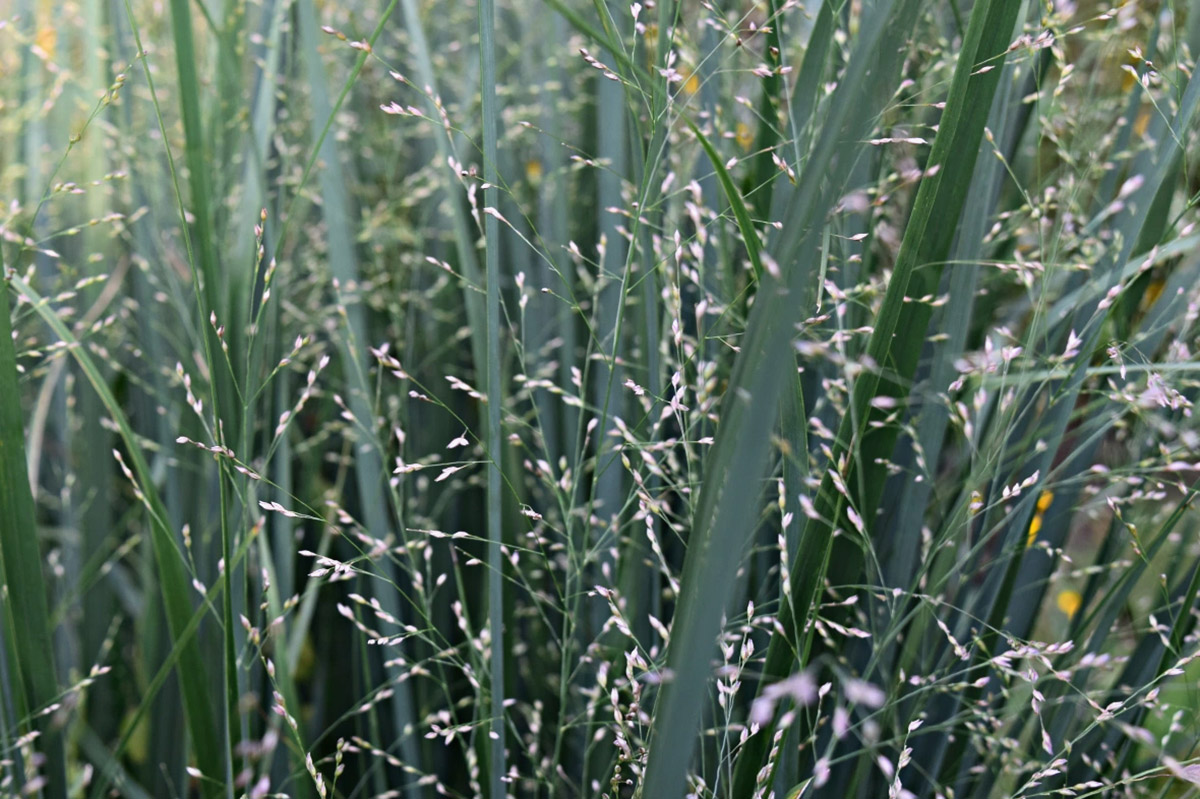
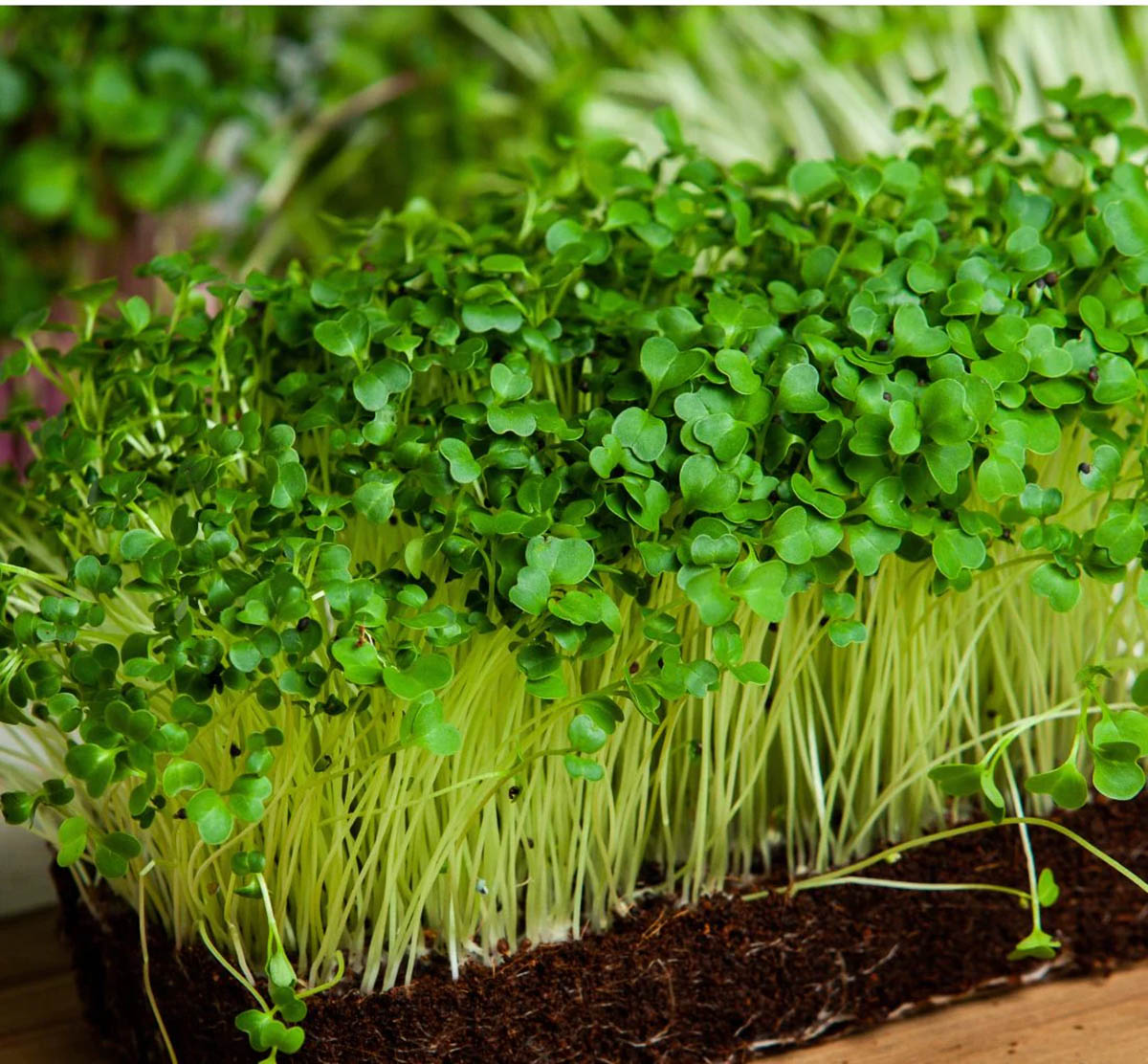
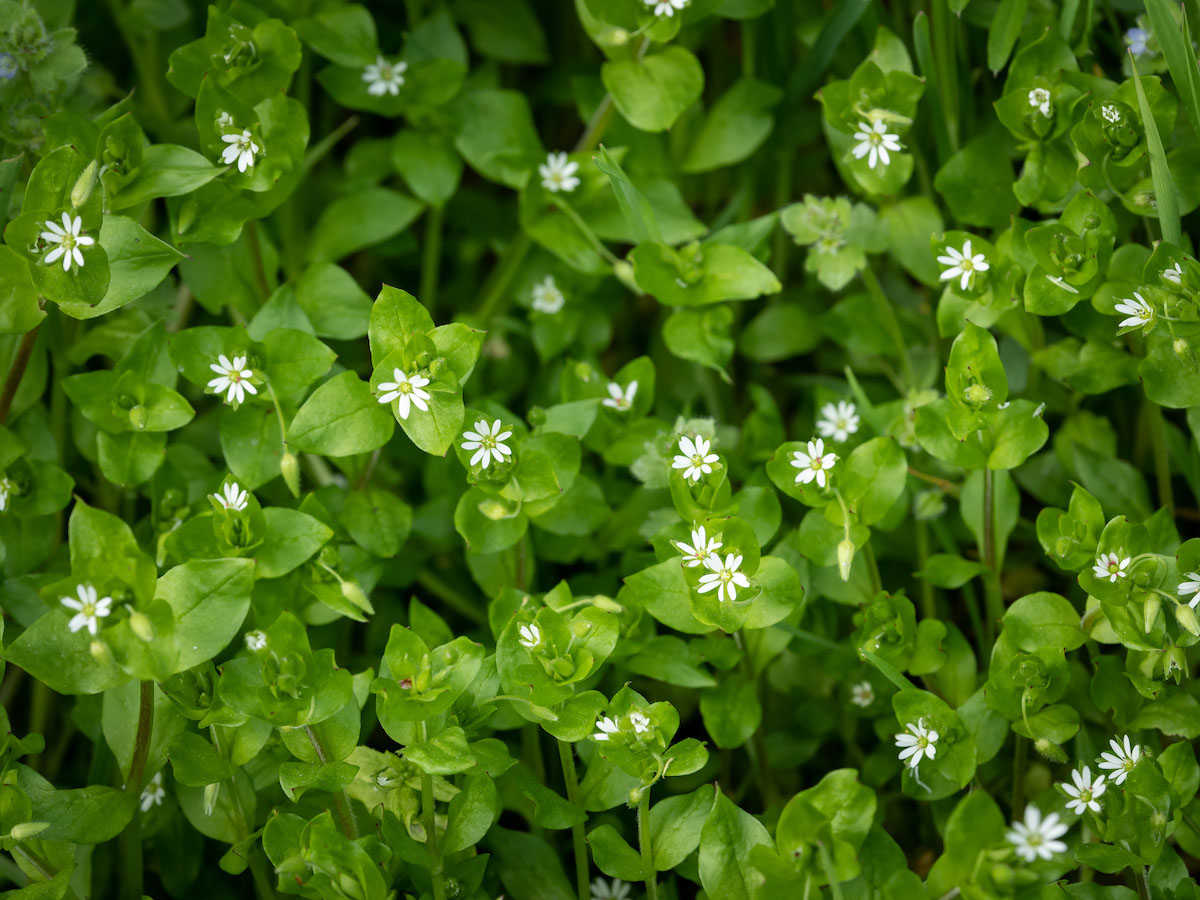
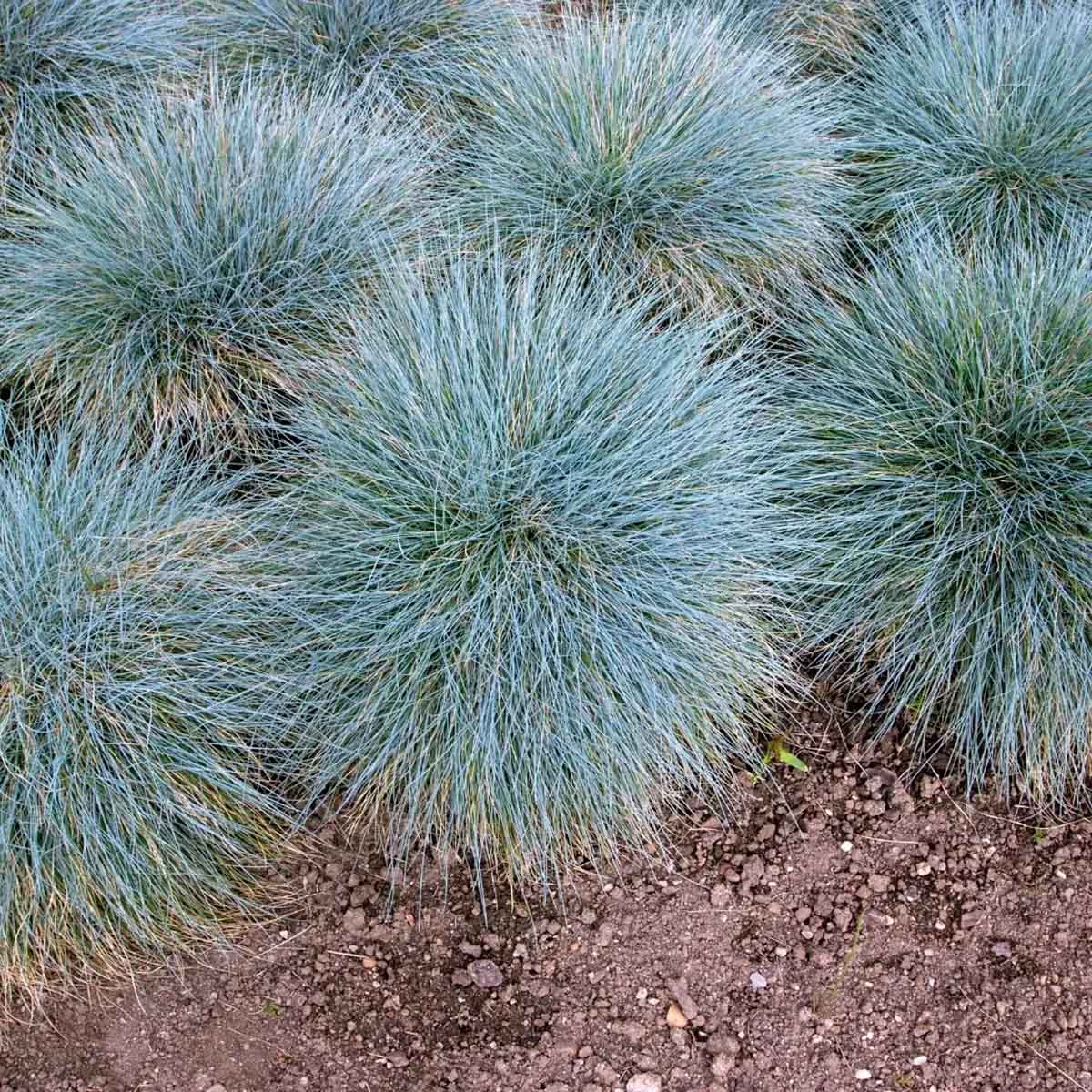
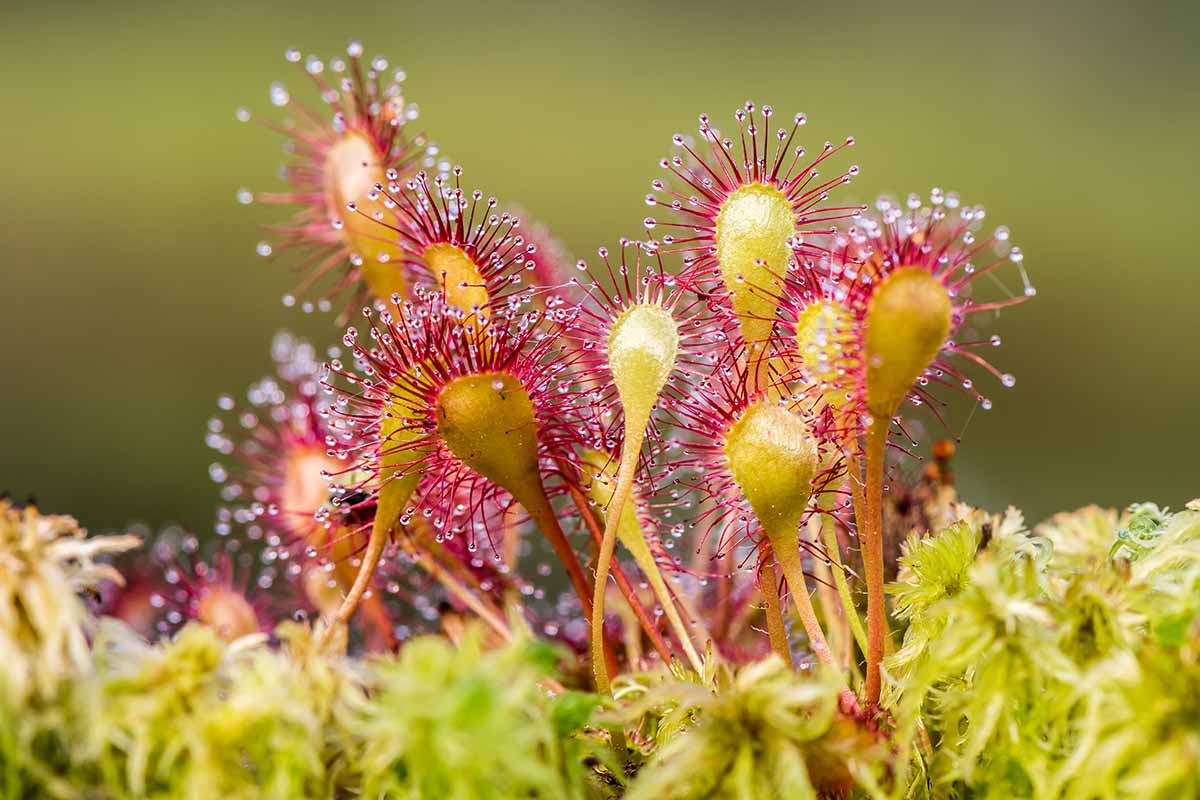
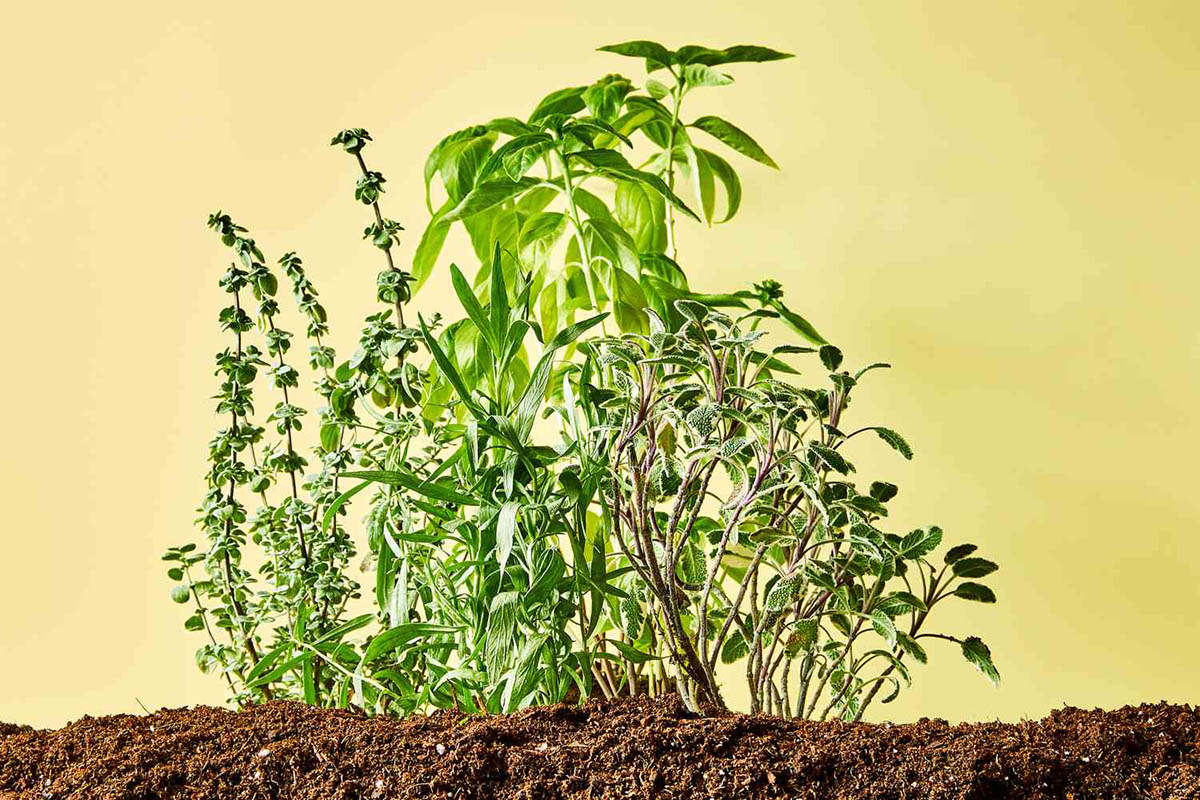
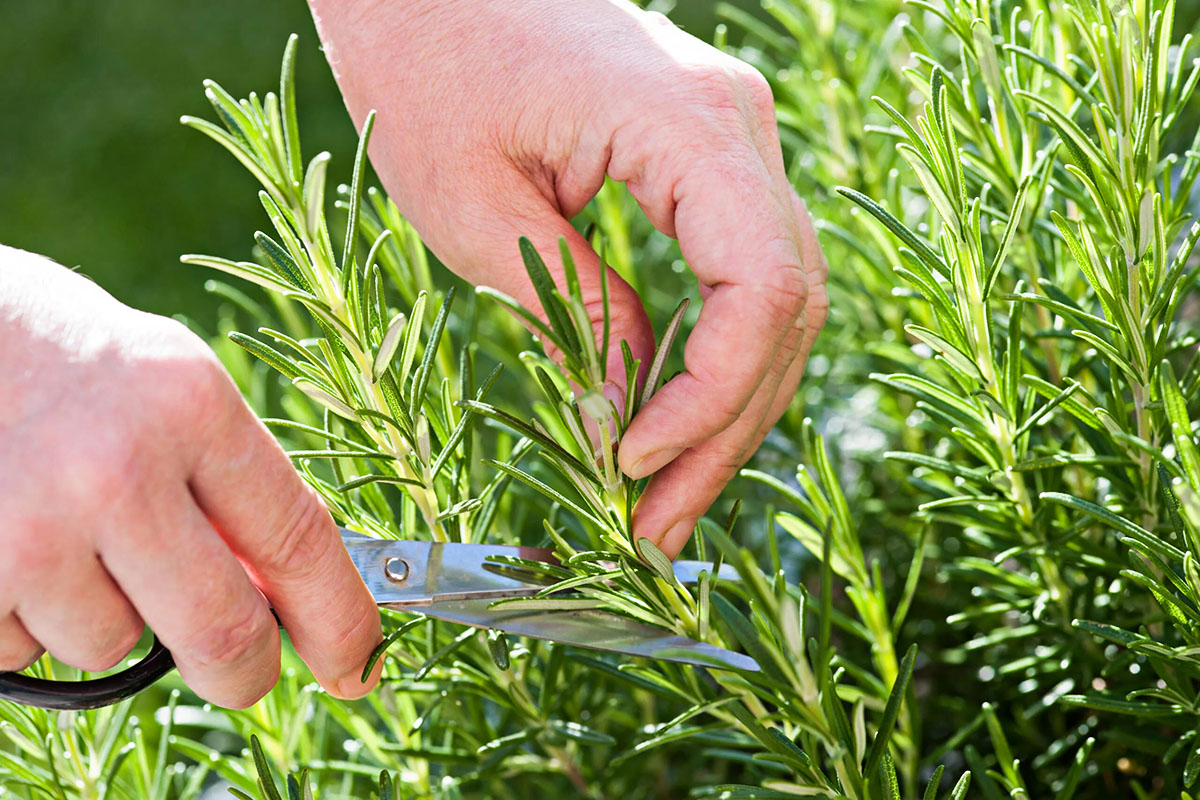
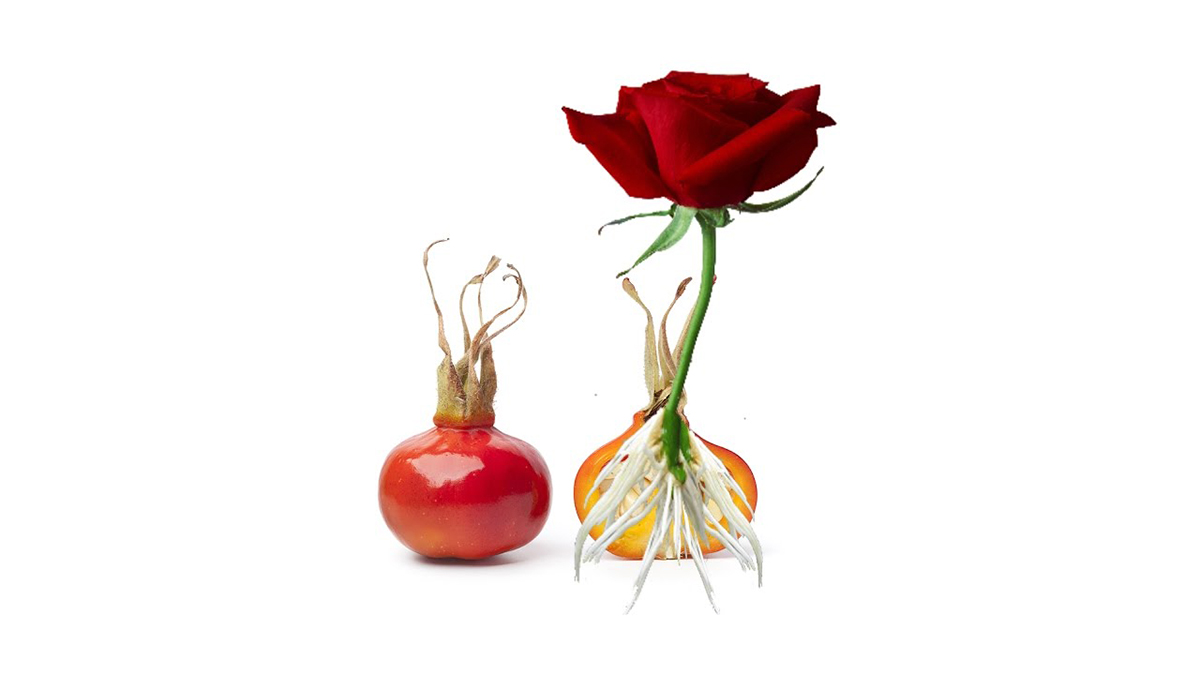
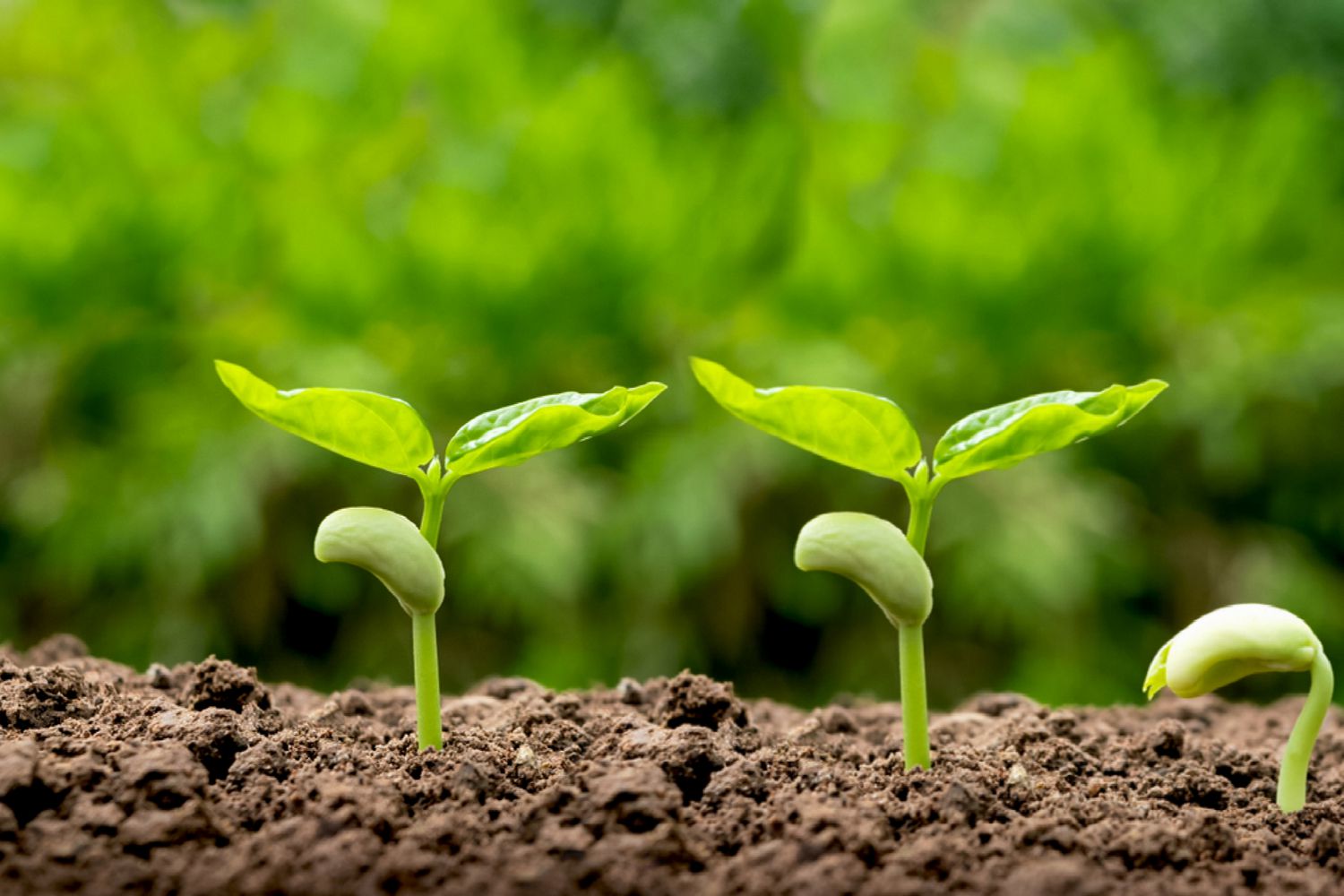
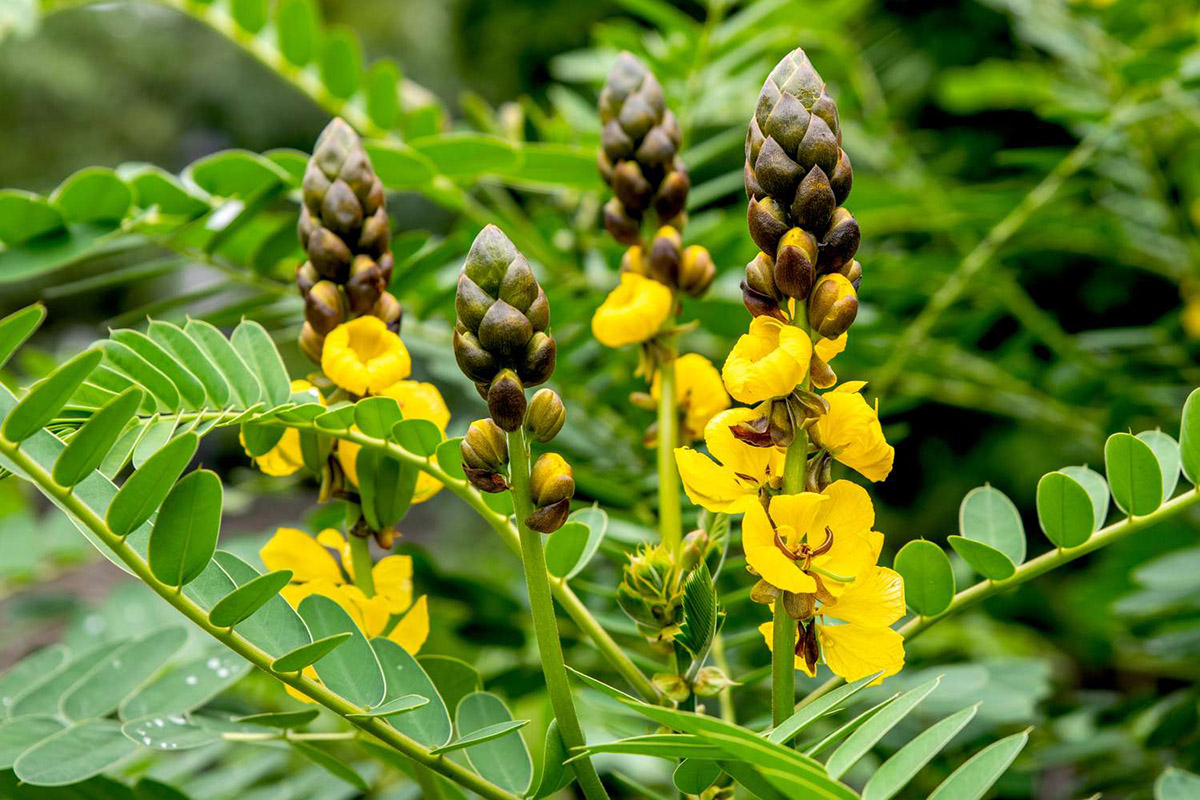

0 thoughts on “How Does A Seed Germinate”